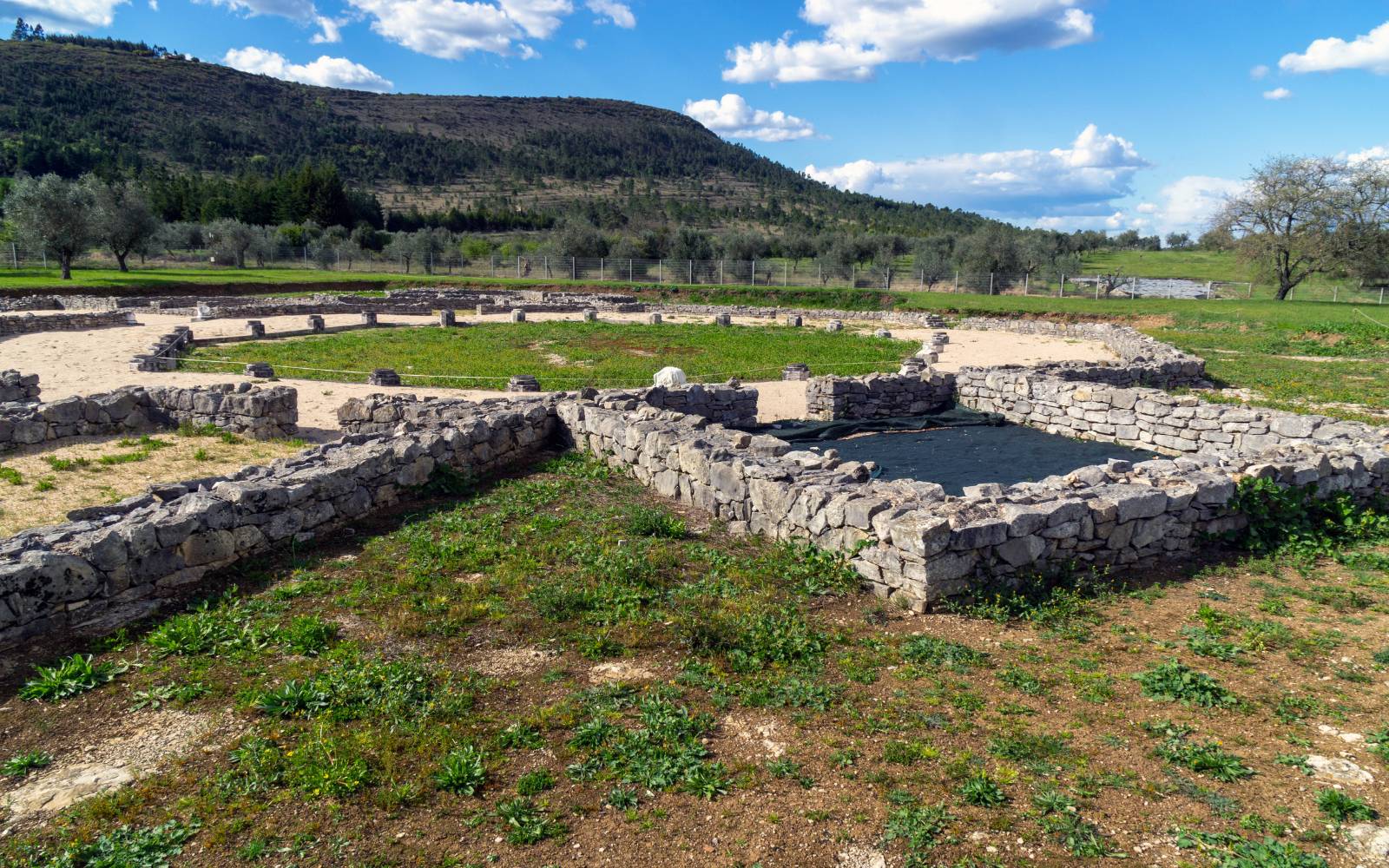Santarém
‹ Back to the stage
Santarém
- Residents: 61.752 aprox.
- Province:
Information
Get to know Santarém
The city of Santarém is known as the viewpoint of Ribatejo. It is located in the region of Llezíria, an area characterized by its fertile lands full of crops in which, livestock and agriculture are very important sectors.
It is a very relevant city in the history of the country, it belonged to the Order of Christ and financed the discoveries of the Portuguese, growing considerably over the years and leaving an immeasurable cultural legacy.
Location
How to get there
To get to Santarém the easiest way if coming from the north is to take the E-1 or the A-23 and if coming from the south the A-13.
To get to Santarém the easiest way is to take the E-1 or the A-23 and if coming from the south the A-13.
To get there by plane the best way is to fly to Lisbon and then take a bus from the station to the town of Santarém. You can also arrive by train but the station is a bit far from the city.
History / Culture
What to see
Jardín Portas do Sol
The Portas do Sol Garden is located in the town of Santarém and forms a large natural space where you can find different tree species. In addition, this garden houses the remains of two large gates of medieval origin, which were formerly part of the wall.
This garden also has several viewpoints that offer spectacular panoramic views over the Tagus River. This space is equipped with benches, playground, restaurant and even has the Urbi Scallabis Interpretation Center, where visitors can discover the different chronological stages as well as the Roman ruins of the city, explained thanks to an audiovisual projection.

Iglesia da Nossa Senhora da Conceiçao
The church of Nossa Senhora da Conceiçao corresponds to the Cathedral of Santarém, so it houses the headquarters of the Diocese of that city. This temple occupies today what was once the Patriarchal Seminary.
This building was erected by the architect Mateus do Couto and his work is clearly reflected in the facade of the building, in the mannerist style. This facade is divided into five bodies perfectly delimited by the placement of its windows and by its decoration, in which the niches arranged to house the images of saints stand out. In the upper part of the façade there is a pediment with enormous volutes and pinnacles.

Convento de San Francisco
The Convent of San Francisco, in Santarém, dates from the mid-13th century, when it was created by King Sancho II. This construction follows the architectural traces of the mendicant Gothic style, which stands out for its great ornamentation, interior divided into three naves, long transept and chevet consisting of adjoining chapels.
In the 14th century, King Ferdinand decided to renovate the building, adding a choir under the interior of the temple and ordered the construction of a grandiose cloister so that he himself could be buried there. However, his tomb is located in the Museo Arqueológico do Carmo in Lisbon.
There is evidence that a portico dating from the 15th century was erected on the façade of the convent, which witnessed the oath of João II as the future monarch of Portugal.
<pIn the mid-19th century, this building was converted into the Santarém Cavalry Regiment barracks and, since 1999, conservation work has been carried out in this convent with the aim of recovering its architectural and historical grandeur. It is for this reason that currently this religious building cannot be visited.

Iglesia da Nossa Senhora de Marvila
The church of Nossa Senhora de Marvila is located in the historic center of Santarém and stands out for its Manueline style. This temple is also known in the Portuguese country as the Cathedral of the Tile, since its walls are covered with tiles dating from the seventeenth century. These tiles are of different colors, among which stand out the blue and white tones.
This temple, dedicated to Our Lady of Marvila (Maravilla), was declared a National Monument in the first half of the twentieth century.

Iglesia de São João de Alporão
Located in Santarém, the church of S. João do Alporão dates from the 12th century and is the only temple in the town that preserves remains of Romanesque style. Of the Romanesque temple we can contemplate today the walls, the exterior buttresses and the ornamentation of the capitals with vegetal motifs.
However, other elements of ornamentation in the temple belonging to the Gothic style stand out. In the 13th century, the Romanesque tower that stood on the church was demolished in order to allow the carriage of Queen Mary I to pass through.
The tower was built in the Romanesque style in the 13th century.
Today, this temple houses the Municipal Museum of Santarém.

Torre das Cabaças
Located in Santarém, it is a tower dating from the fifteenth century and was erected by Manuel I of Portugal. This tower was built on a defensive base and was declared a National Monument in 1928.
This construction has a square floor plan and extends along almost twenty-seven meters high. Mannerist style, the building culminates in a bell tower, which sounds the hours that the clock marks.
The name of this tower is due to the fact that, in the eighteenth century, a total of 8 ceramic gourds were placed on a steel base, which supports a large bell made of bronze.
<p
Information of interest
Local police
xxx
Fire department
+351 243 333 122
Civil protection
+351 243 594 190
Town hall
+351 243 304 200
Health center
+351 243 300 200
Tourism office
+351 243 304 437
Rua Capelo Ivens, 66

We send you your itinerary
Enter your details and receive your travel itinerary by email
Recommended
Gastronomy
Recommended
Festivals and Pilgrimages
Local festivity
Octubre y Noviembre: Festival de la Gastronomía
Local festivity
15 de Marzo: Reconquista Cristã de Santarém
Local festivity
Mes de Junio: Feria Nacional de Agricultura
Portuguese Way
On foot
25 stages



























